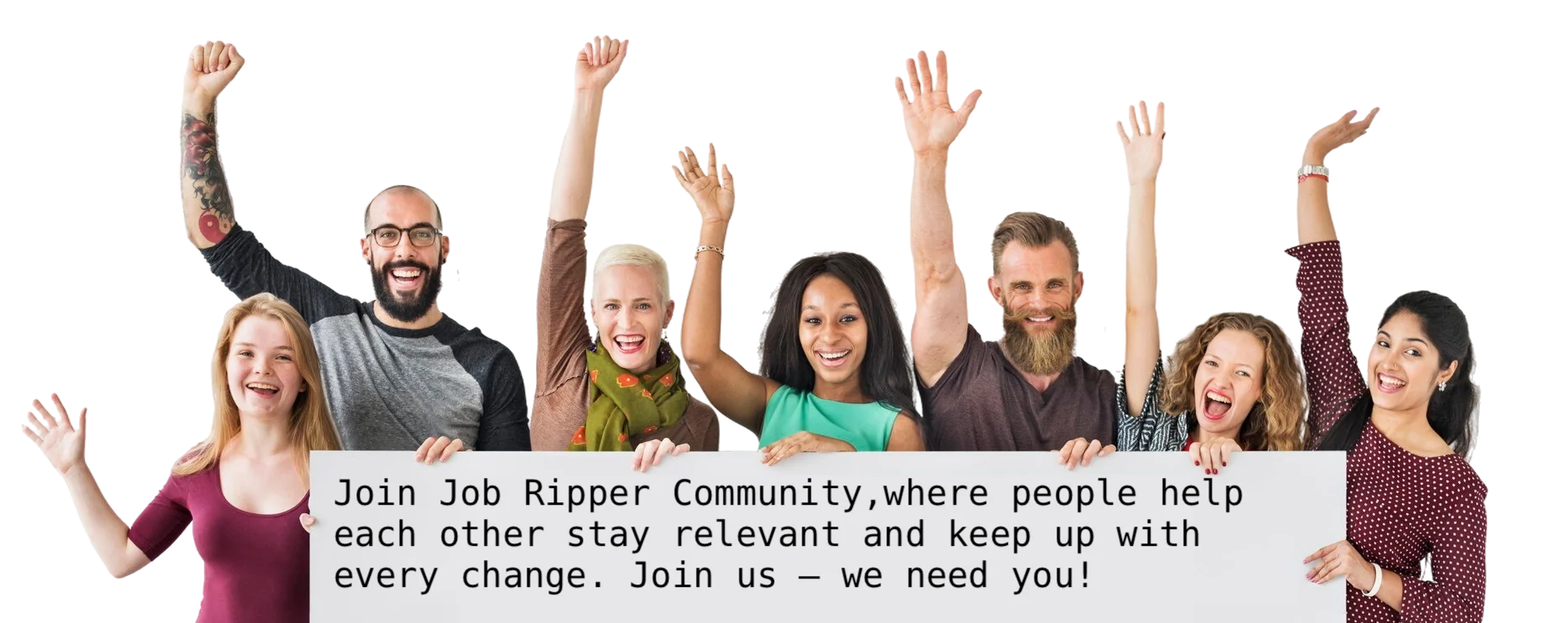Loading...

0+1community members already joined
Sign in to access full AI impact reports and personalized insights
By continuing, you agree to Job Ripper's Terms of Service and Privacy Policy

Sign in to access full AI impact reports and personalized insights